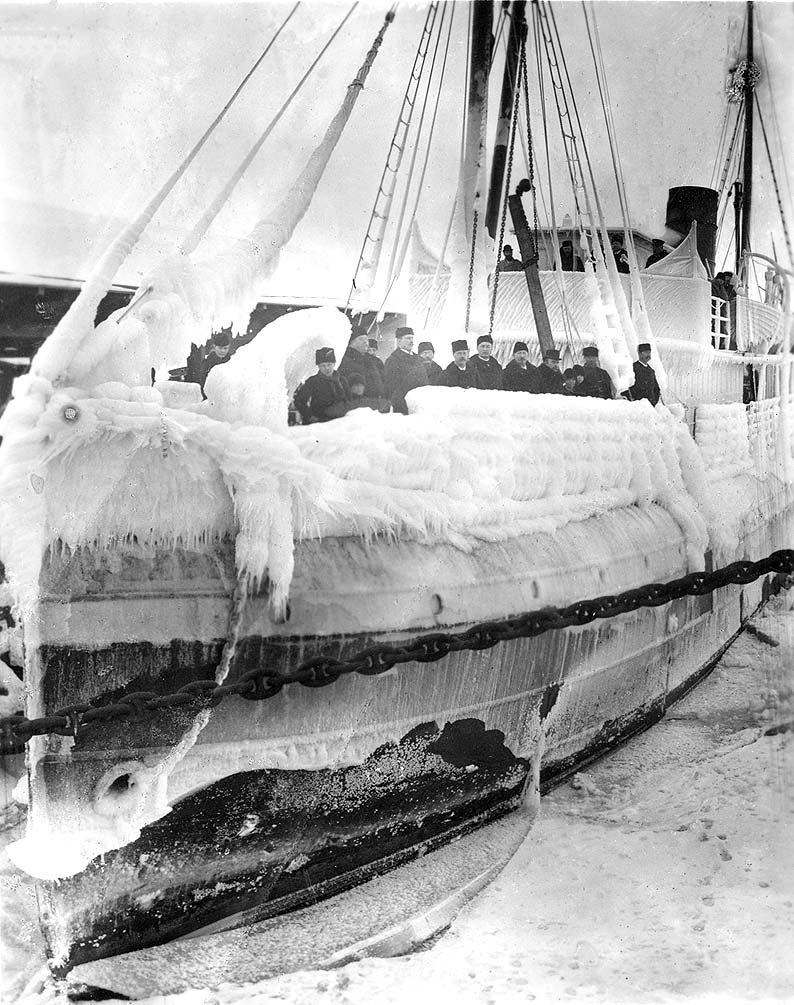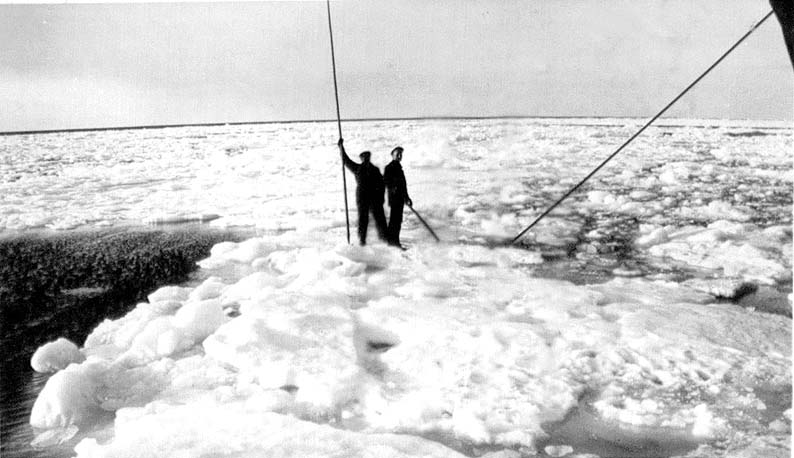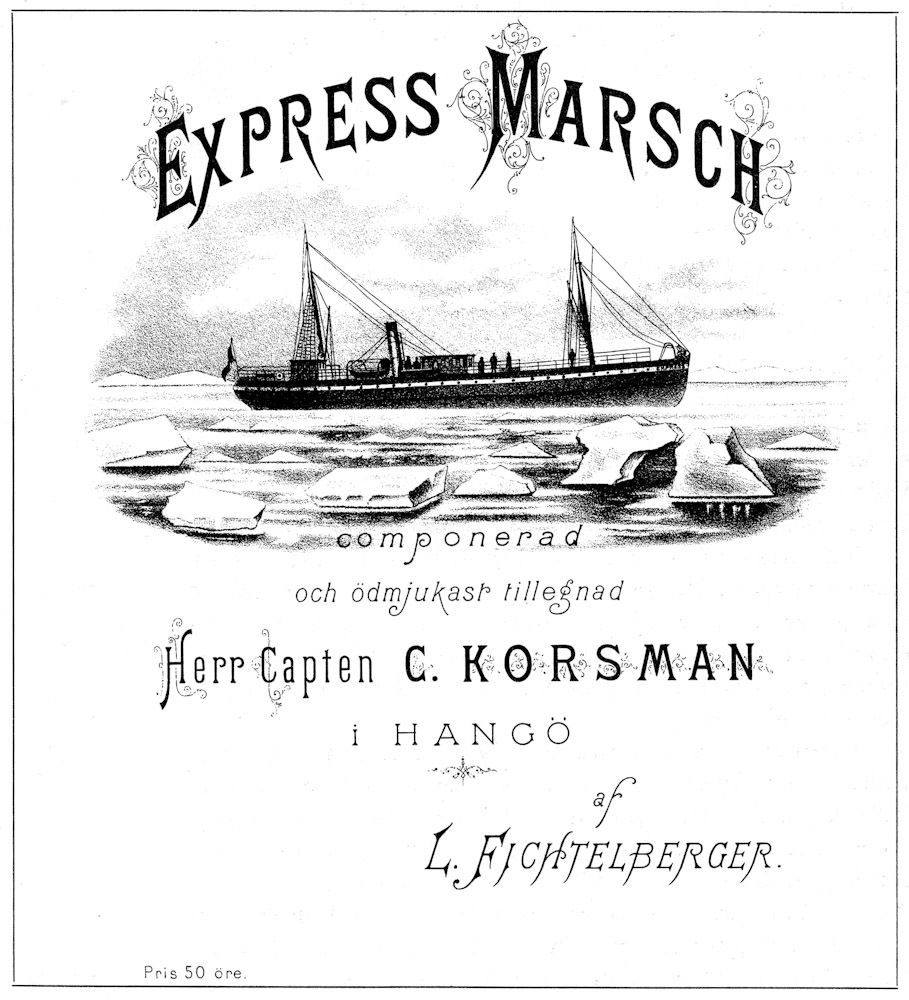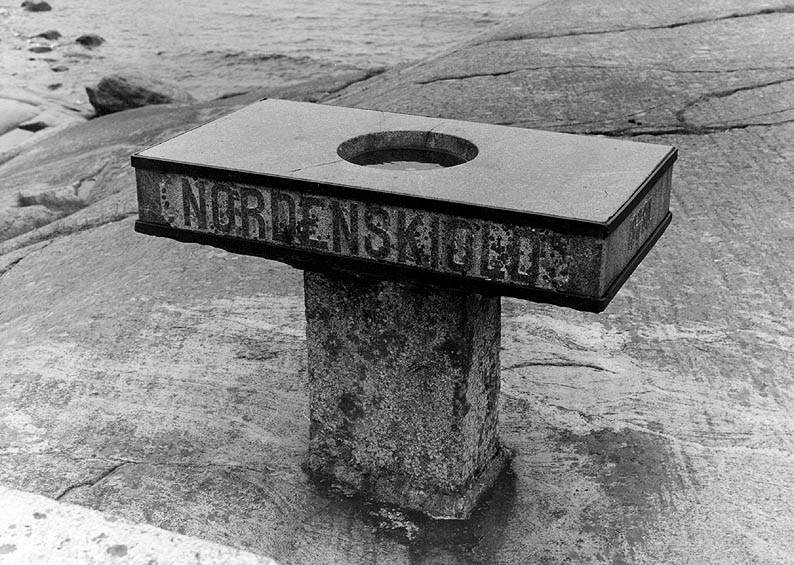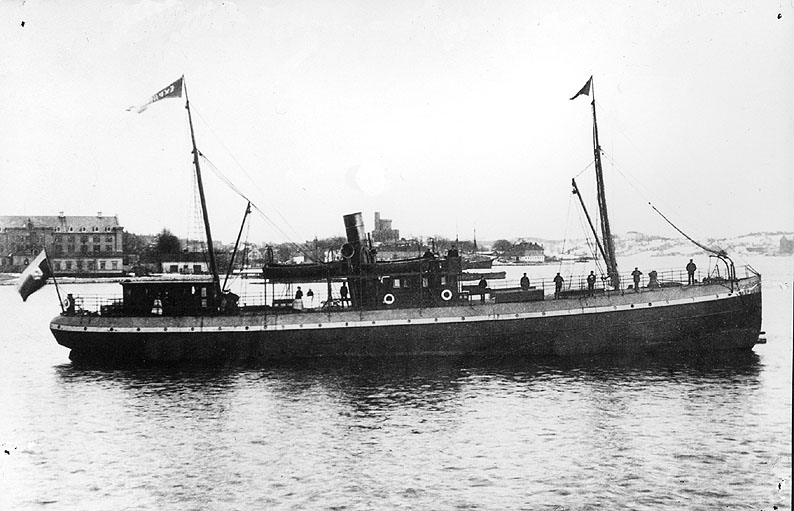
The steamship Express has a legendary place in Finnish history. The Express was built at Oskarshamn Shipyard in Sweden in 1877, and the ship was ordered by the Finnish company Finska Transito Ångbåts. It was 42.4 m long, 6.9 m wide and 3.5 m deep, with a top speed of 10.7 knots on a 400-horsepower engine. In open water, the journey from Hanko to Stockholm took 17 hours.

Express was built at the Oskarshamn shipyard in Sweden in 1877, the ship was ordered by the Hanko-based Finska Transito Ångbåts joint-stock company. It had a length of 42.4 m, a width of 6.9 m and a draft of 3.5 m. The top speed with a 400 horsepower engine was 10.7 knots. In open water, the trip from Hanko to Stockholm took 17 hours.
History turned when the Express started operating between Hanko and Stockholm in December 1877. The bow of the Express could cut through 12 cm thick ice. It carried mail, butter and passengers. There were initially 8 first-class cabins, and the aft semi-circular communal space could accommodate 10-12 passengers. For nearly 20 years, the Express schedule remained the same: departures were from Hanko on Saturdays, from Stockholm on Wednesdays.
The state significantly supported Express' operation, but already in 1879 the shipping company went bankrupt. In summer, the line was not worth it, because the connections from Helsinki and Turku to Stockholm were more practical. The new owner, ship owner Korsman, invested in winter traffic.
Korsman was also the CEO of Hanko Spa, who knew how to take advantage of the publicity enjoyed by the Express ship, which is so important to Finland. Fichtelberger, the conductor of the spa, composed the Express march in its honor.
When the explorer Nordenskiöld was supposed to travel from Stockholm to St. Petersburg to tell about the Northwest Passage to the Tsar of Russia, he of course had to travel by express via Hanko. Counselor Korsman ordered a granite table for Kuningattarenvuori, from which Nordenskiöld was offered a steaming ball. By a quirk of fate, the wrong date was engraved on the table because a winter storm delayed the Express's journey until half of the next day. On New Year's Eve 1881, a cheering crowd was waiting in the harbor. Today, Nordenskiöld's table is on the rock in front of the Casino.
Hanko Express left in 1898. Four years earlier it had been taken over by Suomen Väyrylaiva Osakeyhtiö. After serving a few summers on the lines Helsinki?Stockholm and Turku?Stockholm Express was equipped as a cargo ship between Finland and Riga. In 1901, it was sold to Mrs. Tatiana Kukoverova in Arkangeli, when passenger seats were increased. Three years later, Express ended up in the possession of the Russian state and was named Solombola, after an island near Arkhangelsk. The ship was scrapped in 1930.
Photos: Hanko museum.
Sources: Henrik Ramsay: The Sailor's Memoirs, Finnish. Martti Jukola and JW Rangell, WSOY 1947. Alftan, Liewendahl, Barck: Sexornas Jakt, Finlands 6 mR -förbund df 1992. Erkki Maasalo: Sir Henrik gets a job, Fenix-kustannus Oy, 2004.

This story has been produced with the support of the Svenska Kulturfonden.

